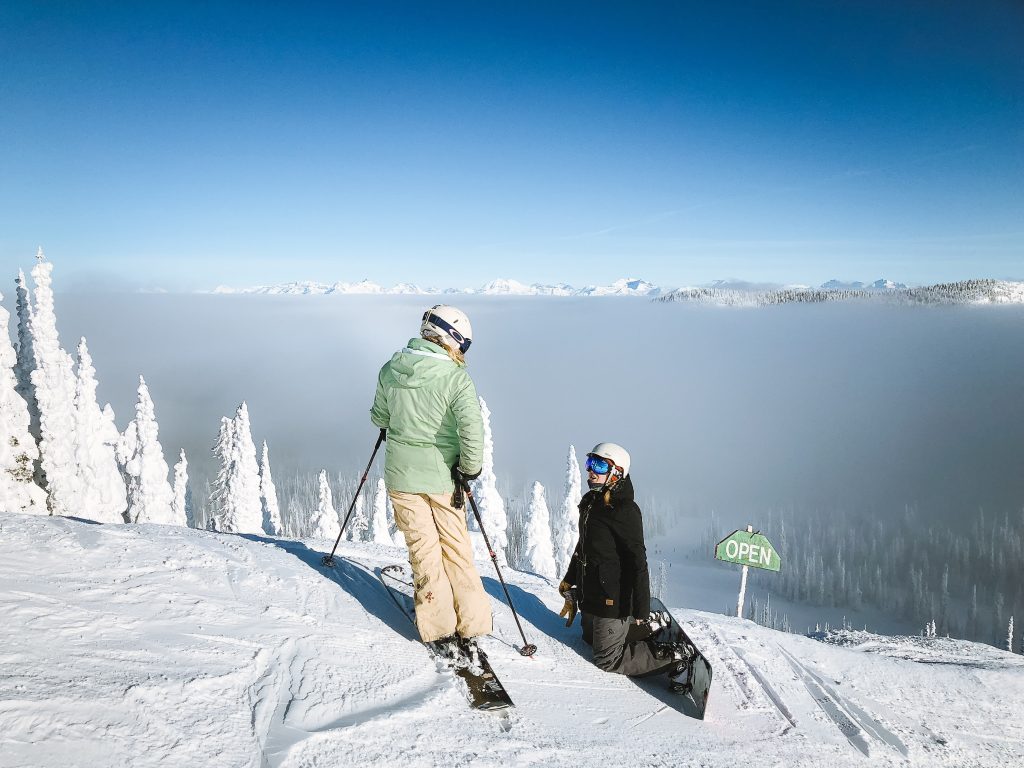Alpine skiing and snowboarding have evolved into immensely popular winter sports enjoyed by millions across the globe. While skiing has a long history, snowboarding emerged more recently and gained international recognition in the 1998 Winter Olympics. With the thrill of these activities also comes the potential for injuries, making safety paramount for enthusiasts of all ages. This article delves into the importance of helmet use in preventing head injuries in alpine skiing and snowboarding, considering both the benefits and potential concerns surrounding their adoption.
Analyzing the Impact: Helmets in Preventing Head Injuries and Comparing Sports and Injury Statistics
Skiing and snowboarding have distinct origins and histories. Skiing, introduced in the mid-1800s, has been part of the Olympics since 1936, while snowboarding, a newer sport, made its Olympic debut in 1998. Both sports, however, share a commonality: the risk of injury. Data from the past decade reveals an average of 40 fatalities per year associated with these activities, emphasizing the need for effective safety measures.
Types of Injuries and Prevalence
Head injuries represent a substantial share of injuries related to skiing and snowboarding, comprising as much as 20% of the overall total. Skiers and snowboarders exhibit differing rates of head and neck injuries, with the latter exhibiting a 50% higher rate. Severe head injuries, frequently resulting from collisions with stationary objects, can lead to unconsciousness or concussion symptoms. Traumatic brain injuries (TBIs) have demonstrated fatal consequences for participants of all age groups, particularly in cases where protective helmets are absent. The incidence of TBIs contributes significantly to both injury-related fatalities and hospital admissions.
The Debate Over Helmet Use
The concept of wearing helmets during skiing and snowboarding dates back to the mid-20th century. However, it wasn’t until recent high-profile incidents, such as the tragic death of actress Natasha Richardson, that the debate surrounding helmet use gained renewed attention. Despite the potential benefits, the issue of mandatory helmet use remains contentious due to concerns about risk compensation behavior and neck injuries associated with helmet wear.
Current Helmet Usage Trends
Despite the ongoing debate, helmet usage is on the rise. Data from the National Demographic Study of the National Ski Areas Association (NSAA) reveals a progressive increase in helmet use among participants. In the 2009/10 season, 57% of skiers and snowboarders wore helmets, a substantial increase from the 25% reported during the 2002/03 season. This trend reflects a growing recognition of helmets’ potential to mitigate injury risks.
Balancing Benefits and Risks
The decision to wear helmets in alpine skiing and snowboarding should be informed by a comprehensive evaluation of their benefits and risks. Scientific research plays a crucial role in determining helmet efficacy, particularly in reducing head injuries, severity, and risk compensation behaviors. While concerns about potential neck injuries and altered auditory perception have been raised, recent studies challenge some of these reservations.
Legislation and Global Practices
Several states in the United States, as well as certain European countries, have contemplated or implemented mandatory helmet usage laws, especially for children and adolescents. While the American Medical Association (AMA) has not endorsed mandatory helmet use, it has supported voluntary helmet use for these age groups. The experience of countries like Italy, Croatia, and Austria provides valuable insights into the implementation and impact of such regulations.
Prioritizing Safety: The Role of Helmets in Preventing Head Injuries – A Recap
The realm of alpine skiing and snowboarding confronts the issue of utilizing helmets for preventing head injuries head-on. Despite the undeniable allure and thrill of these sports, the peril of injury remains a paramount concern. The rising adoption of helmets accentuates the increasing recognition of their potential to provide substantial advantages. Amidst ongoing discourse, it is crucial to base choices on helmets on evidence-backed research, carefully weighing the interplay between risks and benefits. The ultimate objective remains to safeguard the safety and welfare of enthusiasts, encompassing both seasoned athletes and young novices, as they venture onto the slopes.
Sources
Haider, A. H., Saleem, T., Bilaniuk, J. W., & Barraco, R. D. (2012). An Evidence-Based Review: Efficacy of Safety Helmets in Reduction of Head Injuries in Recreational Skiers and Snowboarders. Journal of Trauma and Acute Care Surgery, 73(5), 1340–1347. doi: 10.1097/TA.0b013e318270bbca


1 Comment. Leave new
[…] sports sector, carbon fiber touts a remarkable strength-to-weight ratio, ideal for activities like skiing, cycling, and horse riding. Shedding grams, particularly in weight-sensitive sports, becomes […]